The Nature of Our Solar System
The Nature of Our Solar System
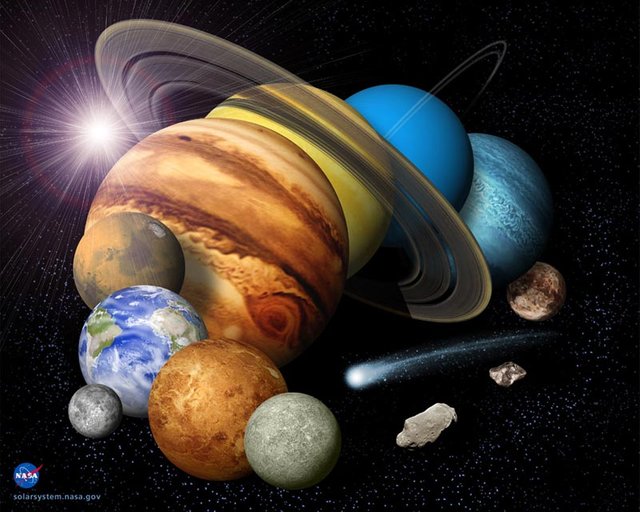
Image Source
Astronomers nowadays can do the most stunning things. If someone lit up a portable fire stick on the Moon, they could detect the flare. From the most minor throbs and wobbles of stars they can deduce the size and character and even potential livability of planets much excessively remote, making it impossible to be seen, planets so far off that it would take us half a million years in a spaceship to arrive. With their radio telescopes they can catch wisps of radiation so ludicrously swoon that the total measure of energy gathered from outside the solar system by all of them together since gathering started is not as much as the energy of a single snowflake striking the ground.
There isn't an extraordinary arrangement that goes ahead in the universe that astronomers can't discover when they have a brain to. Which is the reason it is all the more wonderful to mirror that until 1978 nobody had ever seen that Pluto has a moon. In the summer of that year, a young stargazer named James Christy at the U.S. Naval Observatory in Flagstaff, Arizona, was making a standard examination of photographic images of Pluto when he saw that there was something there, something hazy and indeterminate however certainly other than Pluto.
Consulting a partner named Robert Harrington, he inferred that what he was taking a gander at was a moon. What's more, it wasn't quite recently any moon. Relative to the planet, it was the greatest moon in the solar system. This was actually something of a hit to Pluto's status as a planet, which had never been frightfully powerful in any case. Since already the space possessed by the moon and the space involved by Pluto were believed to be one and the same, it implied that Pluto was significantly smaller than anyone had assumed, smaller even than Mercury. In reality, seven moons in the solar system, including our own, are bigger.
Natural inquiry is the reason it took so long for anyone to discover a moon in our own particular solar system. The appropriate response is that it is incompletely a matter of where astronomers point their instruments and mostly a matter of what their instruments are intended to recognize, and halfway it's simply Pluto. For the most part it's the place they point their instruments. In the words of the space expert Clark Chapman: "A great many people surmise that astronomers get out at night in observatories and sweep the skies. That is not valid.
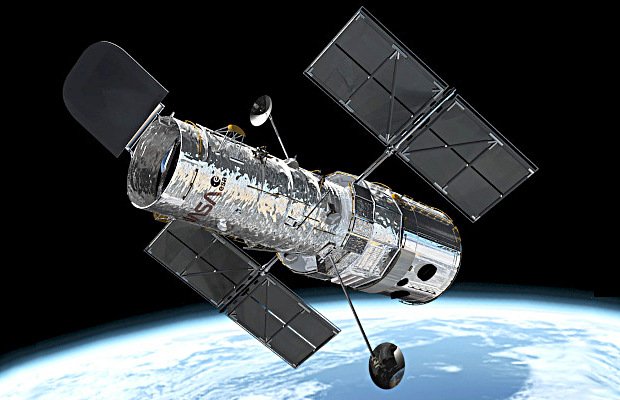
Image Source
All the telescopes we have on the planet are intended to peer at extremely minor little bits of the sky way off out yonder to see a quasar or chase for black holes or take a gander at an inaccessible galaxy. The main genuine network of telescopes that sweeps the skies has been outlined and worked by the military."
It is absolutely genuine that Pluto doesn't act much like alternate planets. In addition to the fact that it is runty and darken, however it is so factor in its motions that nobody can let you know precisely where Pluto will be a century thus. Though alternate planets orbit on more or less a similar plane, Pluto's orbital way is tipped twisted at a point of 17 degrees, similar to the overflow of a cap tilted jauntily on someone's head. Its orbit is irregular to the point that for significant periods on each of its lonely circuits around the Sun it is nearer to us than Neptune is.
In 1990s, Neptune was in reality the solar system's most far-flung planet. Just on February 11, 1999, did Pluto come back to the outside lane, there to stay for the following 228 years. So if Pluto really is a planet, it is unquestionably an odd one. It is exceptionally small: only one-quarter of 1 percent as gigantic as Earth. On the off chance that you put it down over the United States, it would cover not exactly half the lower 48 states.
This alone makes it to a great degree strange, it implies that our planetary system comprises of four rocky inner planets, four gassy external giants, and a minor, singular iceball. Moreover, there is each motivation to assume that we may soon start to discover other significantly bigger icy spheres in a similar part of space. At that point we will have issues. After Christy detected Pluto's moon, astronomers started to respect that area of the cosmos more attentively and starting at early December 2002 had found more than six hundred extra Trans-Neptunian Objects, or Plutinos as they are then again called.
One, named Varuna, is nearly as large as Pluto's moon. Astronomers now think there might be billions of these objects. The trouble is that a significant number of them are terribly dark. Typically they have an albedo, or brilliance, of only 4 percent, about the same as a piece of charcoal and obviously these chunks of charcoal are around four billion miles away.
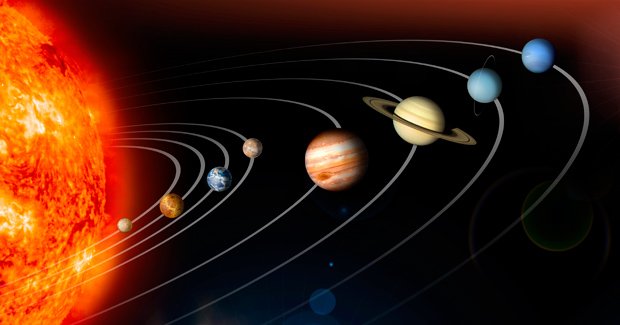
Image Source
Our solar system might be the liveliest thing for trillions of miles, yet all the unmistakable stuff in it fills not as much as a trillionth of the accessible space. You likewise rapidly understand that none of the maps you have ever observed of the solar system were remotely attracted to scale. Most schoolroom diagrams demonstrate the planets coming one after the other at neighborly interims—the external giants actually cast shadows over each other in numerous outlines, yet this is a vital duplicity to get them all on a similar bit of paper.
Neptune in actuality isn't only a smidgen past Jupiter, it's way past Jupiter, five times more distant from Jupiter than Jupiter is from us, so far out that it gets just 3 percent as much sunlight as Jupiter. Such are the distances, truth be told, that it isn't conceivable, in any handy terms, to attract the solar system to scale. Regardless of the possibility that you included heaps of overlap out pages to your course books or utilized a really long sheet of publication paper, you wouldn't approach.
On a chart of the solar system to scale, with Earth diminished to about the diameter of a pea, Jupiter would be over a thousand feet away and Pluto would be a mile and a half far off. On a similar scale, Proxima Centauri, our closest star, would be just about ten thousand miles away. Regardless of the possibility that you shrank down everything with the goal that Jupiter was as small as the period toward the finish of this sentence, and Pluto was no greater than a molecule, Pluto would in any case be more than 35 feet away.
Our solar system is really very tremendous. The Sun has contracted to the size of a pinhead. It is minimal more than a bright star. In such a lonely void you can start to see how even the most critical objects have gotten away attention. In this regard, Pluto has scarcely been alone. Until the Voyager endeavors, Neptune was thought to have two moons, Voyager discovered six more. It was suspected that the solar system contain thirty moons. Presently, its no less than ninety, about a third have been found in quite recently the last ten years.
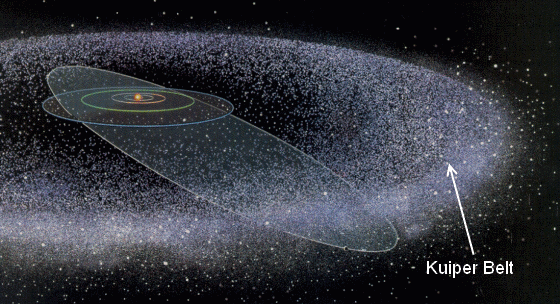
Image Source
In view of what we know now and can sensibly imagine, there is positively no prospect that any human being will ever visit the edge of our own solar system. It is quite recently too far. As it may be, even with the Hubble telescope, we can't see even into the Oort cloud, so we don't actually realize that it is there. Its existence is plausible however totally hypothetical. About all that can be said with trust in regards to the Oort cloud is that it starts some place past Pluto and extends exactly two light-years out into the cosmos.
The basic unit of measure in the solar system is the Astronomical Unit, or AU, speaking to the distance from the Sun to the Earth. Pluto is around forty AUs from us, the heart of the Oort cloud around fifty thousand. It is an amazing felt that that inaccessible minor twinkle has enough gravity to hold all these comets in orbit. It's not an exceptionally solid bond, so the comets float in a stately way, moving at just around 220 miles a hour.
Now and again some of these lonely comets are prodded out of their typical orbit by some slight gravitational perturbation, a passing star maybe. Sometimes they are shot out into the emptiness of space, never to be seen again, however sometimes they fall into a long orbit around the Sun. Around three or four of these a year, known as long-period comets, go through the inner solar system.
Occasionally these stray guests smack into something solid, similar to Earth. That is the reason we've turned out over here now, because the comet we have come to see has quite recently started a long fall toward the focal point of the solar system. It is set out toward Manson, Iowa. It will require a long investment to arrive, three or four million years at any rate
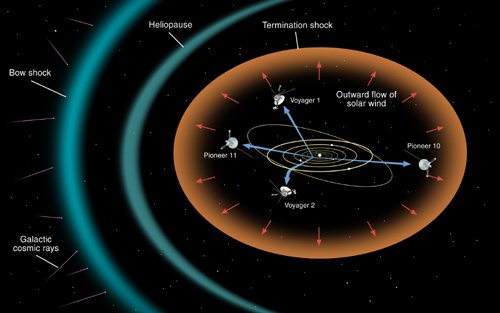
Image Source
The best vacuum at any point made by humans isn't as empty as the emptiness of interstellar space. What's more, there is a lot of this nothingness until the point that you get to the following piece of something. Our closest neighbor in the cosmos, Proxima Centauri, which is a piece of the three-star bunch known as Alpha Centauri, is 4.3 light-years away, a sissy skip in galactic terms, yet that is as yet a hundred million times more remote than an excursion to the Moon.
To achieve it by spaceship would take no less than 25 thousand years, and regardless of the possibility that you influenced the trek you to in any case wouldn't be anyplace with the exception of at a lonely grasp of stars amidst a huge no place. To achieve the following milestone of outcome, Sirius, would include another 4.6 light-years of travel. Thus it would go in the event that you endeavored to star-hop your way over the cosmos. Simply achieving the focal point of our own galaxy would take far longer than we have existed as beings.
The normal distance between stars out there is 20 million miles. Indeed, even at speeds drawing nearer those of light, these are fantastically challenging distances for any voyaging person. Statistically the likelihood that there are other thinking beings out there is good. No one knows what number of stars there are in the MilkyWay, gauges run from 100 billion or so to maybe 400 billion, and the MilkyWay is only one of 140 billion or so different galaxies, a considerable lot of them significantly bigger than our own.
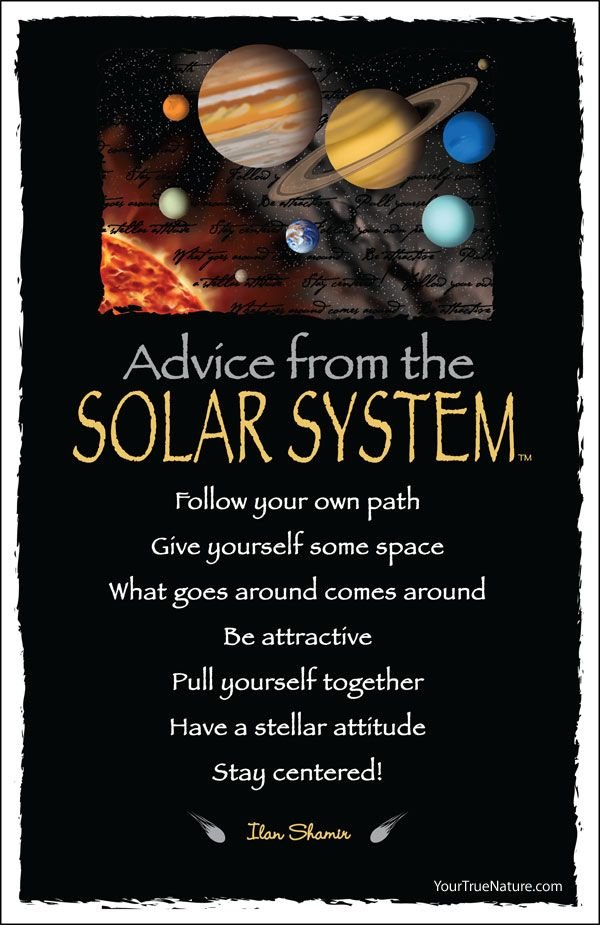
Image Source

References:
https://en.wikipedia.org/wiki/Solar_System
https://www.nasa.gov/topics/solarsystem/index.html
https://www.nextbigfuture.com/2017/10/comet-visitor-from-beyond-the-solar-system.html
https://astronomynow.com/?s=solar+system
tl;dr?
A very useful post for sharing knowledge successfully @juvyjabian
upvote @bustamam
Thanks for the post! I agree, when you put our solar system in perspective it is very likely for there to be other species in the universe. Heck, I think they're already here, why else would we need an international space station?
Also, really enjoyed the little 'advice from the solar system' good way to start my week :)
Science is interesting about solar system, very beneficial for Steemians. I think this needs to be posted frequently on this article.
Congratulations @juvyjabian! You have completed some achievement on Steemit and have been rewarded with new badge(s) :
Click on any badge to view your own Board of Honor on SteemitBoard.
For more information about SteemitBoard, click here
If you no longer want to receive notifications, reply to this comment with the word
STOPYour post had been curated by the @buildawhale team and mentioned here:
https://steemit.com/buildawhale/@buildawhale/buildawhale-curation-digest-11-07-17
Keep up the good work and original content, everyone appreciates it!